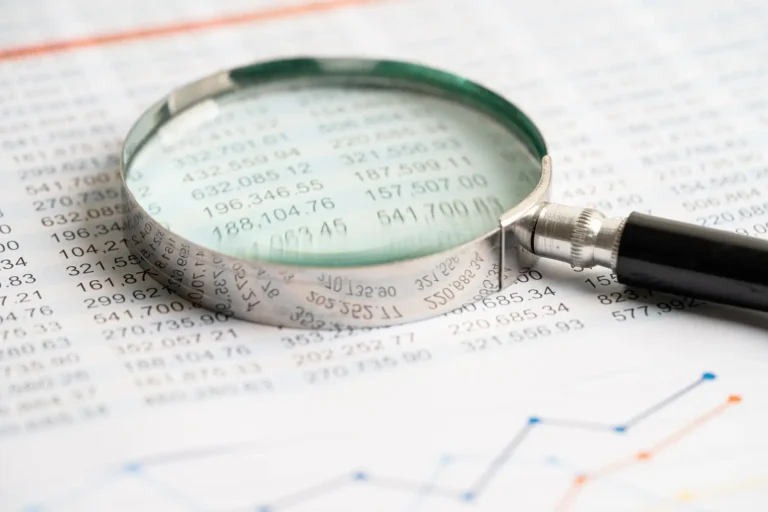Are you searching for a Microsoft Excel template for CBAM reporting? This article explores the pros and cons of Excel and explains why using spreadsheets alone risks non-compliant, inaccurate, and inefficient CBAM reporting, data capture and analytics. It also covers the importance of digital sustainability reporting solutions.
Contents
What is the Carbon Border Adjustment Mechanism (CBAM)?
Legislated as part of the European Green Deal, the CBAM – or carbon border tax – is a tariff applied to a range of carbon-intensive products imported by members of the European Union (EU). Initial industries covered are electricity, hydrogen, cement, fertilisers, aluminium and iron & steel, with many more sectors to be added by 2030.
The CBAM transition began in October 2023, with the first reports due from January 2024. CBAM takes full effect in 2026, with annual declarations, certificates and payments becoming mandatory.
What are the CBAM reporting requirements?
The EU Implementing Regulations 1 outline what emissions – direct or indirect – and what greenhouse gases (GHGs) should be reported by product.| Goods/ Product | Emissions Type | GHG |
| Cement | Direct and Indirect Emissions | Carbon dioxide |
| Electricity | Direct and Indirect Emissions | Carbon dioxide |
| Fertilisers | Direct and Indirect Emissions | Carbon dioxide and nitrous oxide |
| Iron and Steel | Direct emissions | Carbon dioxide |
| Aluminium | Direct emissions | Carbon dioxide and perfluorocarbons |
| Hydrogen | Direct emissions | Carbon dioxide |
While reporting indirect emissions is only initially required for electricity, cement and fertilisers, the CBAM regulation states that it will be needed across all products ‘as soon as possible’.
What Excel can do for CBAM reporting
Many businesses still use manual spreadsheets to try and fulfil CBAM reporting for a range of reasons:
- An affordable way to capture sustainability reporting data
- Manually compile basic sustainability data at a fixed moment in time
- As a common tool, Excel is easy to access and learn
- Simple to make manual updates, including overwriting numbers as they change
However, these short-term benefits must be weighed against the fact that this process is error-prone and slow and exposes businesses to reputational, compliance and financial risks.
What Excel cannot do for CBAM reporting
Relying on manual spreadsheets for data capture, measurement, analysis and CBAM reporting is problematic for several reasons:
- Can’t integrate seamlessly with other systems (lack of interoperability)
- Can’t measure and report at a granular level, including Scope 1, 2 and 3, water, energy, air quality, waste, hazardous materials and nature-related risk factors
- Can’t accurately report on current emissions to meet compliance rules, nor calculate reductions over time
- Not automatically updated by connecting to source data
- Lack of machine learning or AI capabilities, so it relies on data analysts to draw conclusions
- Unprotected data is easily altered, so it is prone to error or corruption
- Lacks insights into emissions benchmarking and performance over time
- Difficult to scale knowledge across the business, as often only a few experts understand the spreadsheet workings
- No way to easily keep up with the CBAM reporting framework as it changes
- Can’t handle the vast and growing amount of complex sustainability data required
Related reading: The risks of using manual spreadsheets for sustainability reporting
CBAM compliance requires comprehensive digital solutions
Without the right data-driven sustainability platform, it’s impossible to meet current and evolving CBAM reporting requirements, let alone implement effective decarbonisation strategies.
Making the shift from spreadsheets to robust CBAM digital reporting is crucial.
What to look for when choosing a digital CBAM reporting solution
- Capability to handle high-volume and growing amounts of data
- Dynamic, automated and near real-time data capture, processing and analysis
- Centralised data pulled automatically from relevant systems
- Ability to track data from Scope 1, 2 and 3 emissions across your supply chain
- Capability to perform a mass and energy balance using dynamic simulation to reconcile delivery, consumption, inventory and production activity data and close data gaps
- Access to granular data so that your sustainability reports are accurate and auditable down to a product level and across any framework
- Tools to set budgets, targets and forecasts for emissions, power, water and other metrics
- Scenario testing of changes to your processes to analyse energy use, optimise consumption and reduce emissions without impacting operations
- Can be integrated with core business platforms, data, processes and workflows to generate insights that drive efficiencies across the organisation
Risks of not being ready for CBAM sustainability reporting
- Penalties, sanctions and fines:
Consequences for missed or inaccurate reporting set to take effect in 2027. 2 - Default data could be damaging:
Importers who cannot produce data using the approved EU methods (or where reliable average data is unavailable) will need to use default data that may be higher than actual emissions, which could expose you to reputational damage and higher taxes. 2 - Blocked from importing:
Without compliant data, organisations may not achieve the third-party verification needed to acquire the CBAM certificates required to import certain products. 2 - Loss of licence:
Without accurate reporting, importers could lose their CBAM declarant’s licence, which means they can no longer import in-scope goods. 2
Even those who supply to the EU but reside outside it could face impacts, including:
- Loss of clients:
If EU importers can’t get the CBAM information they need from suppliers, they may switch to a more transparent organisation. 3 - Uncompetitive pricing:
If suppliers can’t reduce their carbon emissions, the CBAM carbon tax will mean importers will pay more for their goods, making their products less competitive. 3
On top of meeting CBAM compliance, a robust digital sustainability reporting solution will help unlock efficiencies, enhance decision-making, attract and retain employees and other key stakeholders, drive competitive advantage and support your growth.
To learn how Sustainability Tracker (ST) can help you achieve this and more, contact our expert team on +61 2 7229 5662 or info@industrialsustainabilitysolutions.com
About the authors
This article has been collaboratively authored by the Industrial Sustainability Solutions team and fact-checked and authorised by Managing Director and industry specialist John Vagenas.References
- EUR-Lex – Access to European Law, EU regulations, 2023
- Deloitte, EU Carbon Border Adjustment Mechanism (CBAM) Soon to be applicable, 2022
- BCG, Carbon Measurement Report Survey 2021



